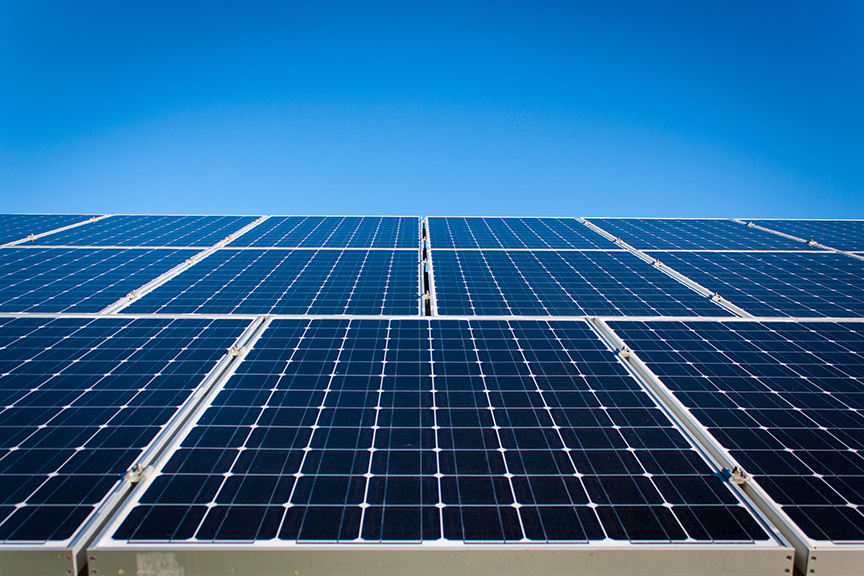Gov. Gavin Newsom deserves credit for recognizing that California’s irrational leap toward a fully renewable electricity grid by 2045 was moving far too fast. At the same time, he deserves criticism for continuing to aggressively push the transition.
Newsom has recently backed delays in retiring four natural gas plants as well as the state’s last nuclear plant, the Diablo Canyon facility in San Luis Obispo County. With those sources going offline, the green transition was doomed to be marked by blackouts. Yet even with them still operating, the near-term prospects are bleak. Newsom apparently understood this.
He can apparently go only so far, though. Now the governor is saying no to new gas-fired power plants in California.
“I am requesting that state agencies plan for an energy transition that avoids the need for new natural gas plants to meet our long-term energy goals while ensuring reliability and meeting growing demand for electricity,” Newsom wrote in a letter to the California Air Resources Board, in which he said, “we need to up our game” to “do more” about the “climate crisis.”
There’s a temptation to say it’s going to be interesting to see if the green energy revolution unfolds as smoothly as Newsom and the “transitionists” want the public to believe it will. More likely it will be instead a bitter experience of blackouts and steep energy costs.
The trouble that the state’s most powerful politicians, their media allies, and eco-activists don’t seem to be the least bit concerned about is a future without enough power. Can the state add sufficient wattage through solar panels and windmills – which are more voracious land-use hogs than the most ambitious commercial developers – to make up for the loss of nuclear and gas and accommodate increased demand?
Let’s look at some observations.
Francis Menton, a retired lawyer who blogs as the Manhattan Contrarian, has put together a paper to be published next month in which he looks at “energy storage as a means to back up electricity generation from wind and solar facilities.” Writing the paper provided him the “occasion to look carefully into the plans of many countries and U.S. states that claim to be the ‘leaders’ in climate virtue, specifically on the subject of how they intend to reach the goal of Net Zero carbon emissions from generation of electricity.” Among them is of course California.
What he discovered was though “it would be completely imperative that some energy storage solution absolutely must be found to provide backup for the electricity system when the wind and sun are not producing,” every last “one of these jurisdictions seeking to be the leader toward Net Zero has given astoundingly insufficient consideration to the energy storage problem.”
Of course this is only one hurdle of many on the path to “Net Zero.” Before batteries can store power, energy needs to be manufactured, and despite its obsession with renewables, it appears California is not on track to build enough infrastructure to produce enough electricity. Last year, the Los Angeles Times reported:
What California isn’t doing is building offshore wind turbines that keep spinning after sundown. Or, for the most part, geothermal plants that churn out clean electricity around the clock. Or energy storage facilities that bank large amounts of power for extended periods without sun or wind. Or new transmission lines that connect renewable energy facilities with power-hungry cities.
We suppose California could begin a moonshot program to catch up. But at what cost?
A “conservative” estimate of the price tag of increasing capacity “to a level that is triple peak usage; keeping an entire backup natural gas system fully-maintained but idle at least 85% of the time; and adding sufficient storage to deal with the seasonality of wind and solar” just to reach the state’s 85% renewables goal by 2030 is likely three times “the cost of the current system,” Menton wrote in an earlier post.
Even that would be a bargain, because “five times is more likely.”
And then there are these relevant-to-California factoids, helpfully provided by Manhattan Institute senior fellow Mark Mills.
- “Physics limit for solar cells (the Shockley-Queisser limit) is a max conversion of about 33% of photons into electrons; commercial cells today are at 26%.”
- “Physics limit for wind turbines (the Betz limit) is a max capture of 60% of energy in moving air; commercial turbines achieve 45%.”
- “About 60 pounds of batteries are needed to store the energy equivalent of one pound of hydrocarbons.”
- “Storing the energy equivalent of one barrel of oil, which weighs 300 pounds, requires 20,000 pounds of Tesla batteries ($200,000 worth).”
And here’s another from the Institute for Energy Research: “California’s electricity prices increased 22% while electricity from solar and wind increased from 3 to 23%.”
Unless the green agenda is pulled back, California faces a future of less, yet more expensive, electricity. That would make the state not a leader nor a follower but an embarrassed outlier.
Kerry Jackson is a fellow with the Center for California Reform at the Pacific Research Institute.

